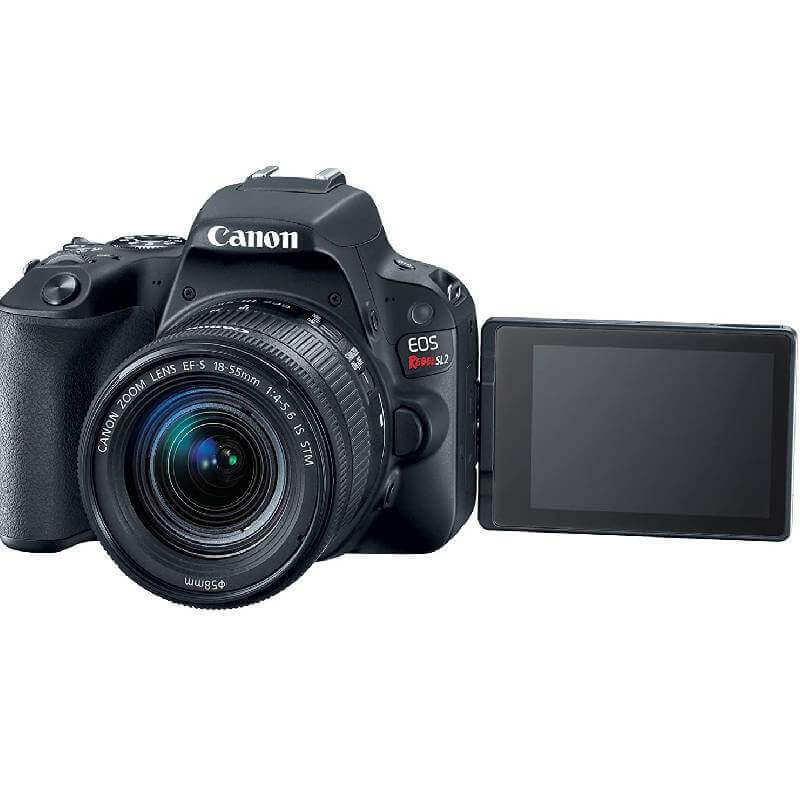

Its basically knowing your market and providing the right features for the right level of user.
#Black spot on photos canon rebel series
If they persue photography in more detail eventauly they may need a small center spot, but then they will probably want, faster shutter speeds, faster focusing, and possibly a faster motor drive as well, so then they buy a 30 or a 3 series camera. The bottom line is that these cameras allow people to enter the world of photography in a gentle, mostly safe way and feel good about the photographs that they take. I can't tell you how many times I have lent my 300V to people who when they return it tell me 'what great photos it takes'.

In essence they want photographers for whom the 3000 or 300 series cameras are likely to be thier first SLR to feel that they are taking great photographs and to tell their friends how great and easy to use the cameras are. It would be very simple and inexpensive for canon to add a small center spot to all of their cameras but they are more concerned about ease of use and the resultant conception by the user of how good the camera is.
#Black spot on photos canon rebel pro
The Pro bodies all include a small center spot as they believe that professional photographers will know what they are doing and wont make the same errors that a consumer would. The larger spot incorporating more of the image makes the liklihood of this happening smaller. This is because when using a spot meter it is very easy to select a mid tone that isn't quite accurate and they consider that the average consumer would be likely to choose the wrong tone and end up with an incorrectly exposed photograph. The Canon Elan series and 10D/20D have MLU and I it all the time for macro and product shots.Ĭanon consumer cameras have a center spot of around 9 or 10 percent of the frame. They made their choice of feature sets and truthfully few shooters use MLU. Doesn't this mean Nikon has not mastered "MLU technology? Hardly. Most Nikon consumer bodies lack mirror lockup. As for the N75 or N80, I seem to recall their spot patterns were a bit large to be truthfully termed spotmeters-more like fat spots or partial. I've not found a situation where moving closer or zooming didn't render a tight enough spot.

Is the 2.4% of the EOS 3 better? Not for me as I prefer the fat spot or CW for troublesome lighting. The Elan and Rebel consumer series have a fat spot, that is, a 10% metering area. My 1992 EOS A2 also has a spotmeter as do the EOS 1V, 1D, 1DMKII and 1Ds. I find the fat spot more useful for substitute metering techniques. I also have an EOS 3 with two spot patterns: 2.4% spot and 8.5% fat spot. And yet I have no problem getting consistently good exposures on chromes (step closer or use substitute metering techniques). I have a new Nikon FM3A-a wonderful camera-and it lacks a spotmeter. I realize this is another troll, but what the hay, I'll bite.


 0 kommentar(er)
0 kommentar(er)
